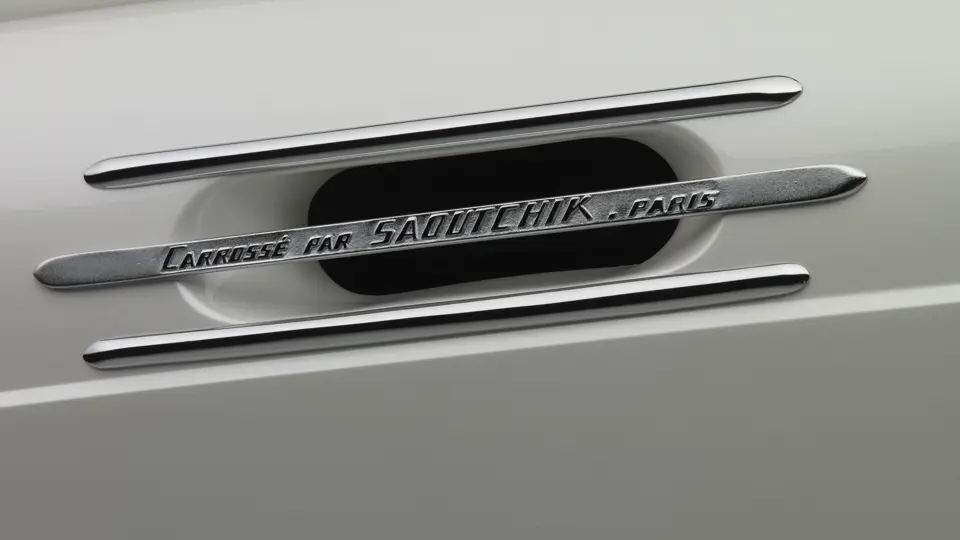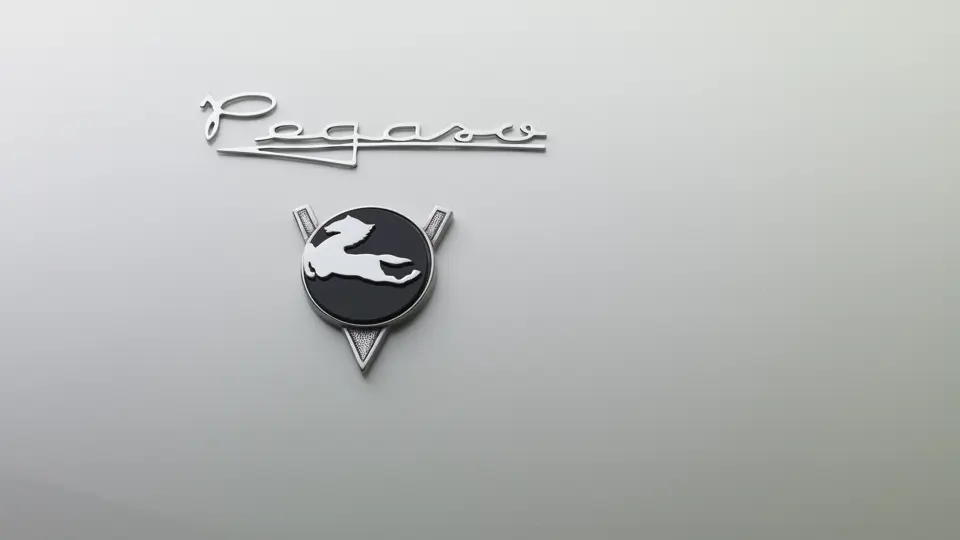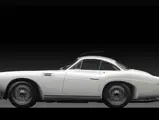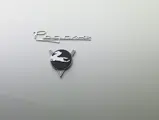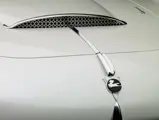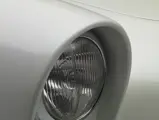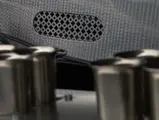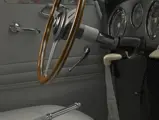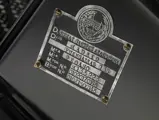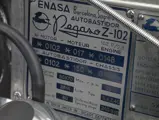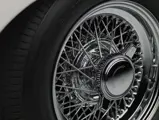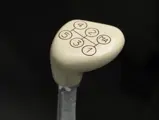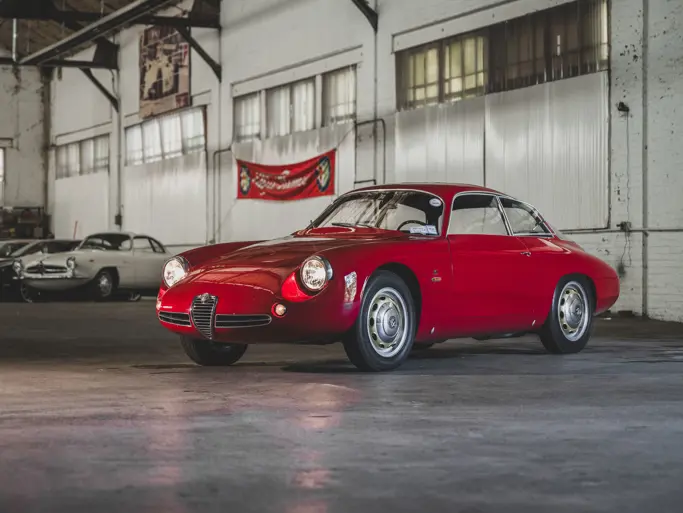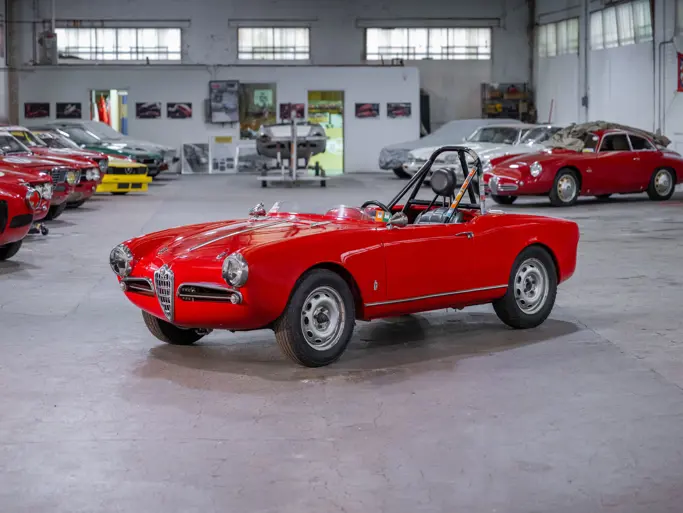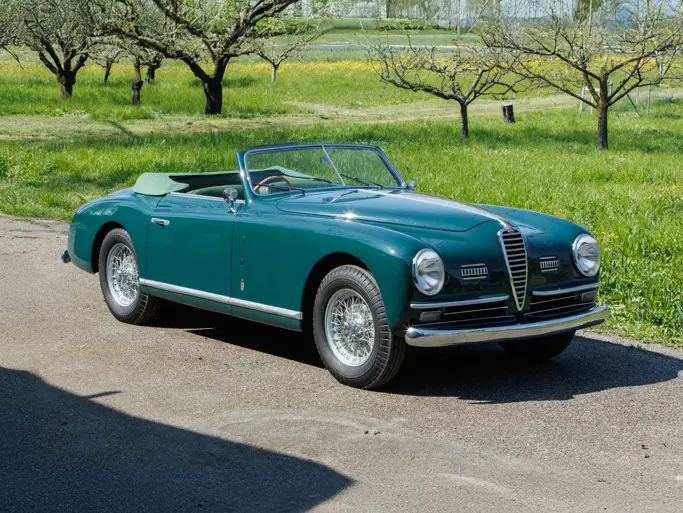It is interesting to consider that the fate of the Pegaso Z-102 is uniquely intertwined with that of Carrosserie Jacques Saoutchik, one of the most famous and avant-garde pre-war coachbuilders. In the tradition of the grand pre-war classics, the factory envisioned a luxury conveyance that would be clothed with the finest coachwork available. Thus, Pegaso produced mainly rolling chassis; while some of these were bodied in-house, most were mated with bespoke coachwork by Touring, Serra, or Saoutchik.
After founding his eponymously named firm in 1906 in Neuilly-sur-Seine, an up-and-coming industrial suburb of Paris, Jacques Saoutchik quickly found success as a custom coachbuilder. His work was ultimately commissioned for some of the most prestigious chassis of the day, including Isotta Fraschini, Hispano-Suiza, Talbot-Lago, Delage, Delahaye, and Mercedes-Benz. He established himself by creating stylish designs that were coupled with high-quality workmanship, and he took many risks with design and materials. Saoutchik, nicknamed the “Viollet-le-Duc,” after a famously creative French architect, was obsessed by form, and he often used brightwork appliqué to highlight the strong lines of his coachwork. After building some of the most sumptuous bodies of all time, it was perhaps fitting that, at the very end of his career, his firm’s last major commission was the creation of a short series of bespoke bodies on the luxury Pegaso Z-102 chassis.
In the case of 0148, the 92.1-inch chassis is clothed with one of the more refined Second Series berlinetta bodies, which smoothed over any difficult edges from the earlier First Series, resulting in proportions that are simply stunning. The Second Series cars are noted for their balanced lines, with less emphatic curvature of the fins and more open space in the wheel arches. The nose was also revised with a treatment that incorporates round Marchal headlights and square fog lights inside a teardrop-shaped surround; there are also Marchal Fantastic fog lights for added visibility.
Contemplation of the side profile of the car reveals little pronouncement, save for the continuous styling line that runs from the nose of the car, dips just past the door, and concludes at the rear fenders. Subtle features include the narrow ventilation slits at the rear of the body and the hood scoop, which is wide and low. The hood scoop is an interesting detail, as it is shielded by a perforated aluminum grille that resembles the ventilation grilles seen in Parisian buildings in the 1950s.
Arguably, the greatest achievement of the Saoutchik Berlinetta is the illusion that the car is leaping forward. This perception is largely owed to the fact that the tips of the rear fenders are so much lower than the crowns of the front fenders, making the front end appear higher than it really is. Another false perception created by the coachwork is that of the roof line, which appears much lower than it really is, resulting in a longer, lower profile.
Upon close inspection, one will notice the minimal use of chrome. Aside from the wheels, which are shod with Dunlop Racing tires, chrome items have been relegated to smaller pieces, including the Pegaso script badges, Marchal B-post lamps, headlight and taillight bezels, and interior hardware. Polished aluminum pieces include the window trim moldings and garnishes, drip rails, door sills, a minimalist grille, and “pocket” door handles, which are similar to those on a Mercedes-Benz 300 SL, as they, too, pop out at the push of a button.
According to the marque reference authored by Carlos Mosquera and Enrique Coma-Cros, there were a total of 18 Saoutchik-bodied Pegasos built; of these, seven were Series II Berlinettas, of which six were left-hand drive. Chassis 0148, the first of these, debuted at the 1954 Paris Auto Salon. It was originally finished in Pearl White with a two-toned roof, and it was so well received that both it and Saoutchik won design awards. Interestingly, it was also displayed alongside a “ghost” Pegaso with transparent Perspex bodywork, which displayed the powerful drivetrain. Included in the accompanying history file is a copy of the January 1955 “Annual Show” issue of Road & Track, which shows 0148 on the display stand.
Chassis 0148 is equipped with the desirable 2.8-liter, quad-cam engine that features the extremely rare and potent dual four-barrel Weber carburetors and an 8.1:1 compression ratio. This configuration produces a respectable 195 horsepower, and when it is mated to a five-speed ZF transaxle, the entire package is capable of speeds well over 120 mph! Most impressively, all of the components of the chassis and lightweight alloy engine were produced at the Pegaso factory in Barcelona.
It was sold to its first private owner, a gentleman from Madrid named Don Julian Sanchez Araguena, in February, 1956, and was registered under the registration number M-138.223. From there it had two subsequent, known Spanish owners before it was sold to American Air Force pilot Garland W. Burke, who was stationed in Madrid at the time. He later took the Pegaso home to the United States and drove it for several years before putting it into storage.
It was brought out of hibernation in 1989, when it was purchased by Arthur L. Foley III, who commissioned a restoration by Phil Reilly, which included a complete engine rebuild by specialists in Europe. Prior to the restoration, the minimalist tubular bumpers had been deleted, leaving only the clean lines of the finely sculpted nose and tail. It was subsequently displayed at the 1994 Pebble Beach Concours d’Elegance and driven by Mr. Foley on the Colorado Grand, which amply proved the mechanical fitness of the drivetrain.
The car, while in very good, drivable condition, was recently treated to a complete paint strip procedure to regain proper panel fit and finish, and it was refinished in its original Pearl White with a Grey Metallic roof. The transaxle was removed and rebuilt, including the installation of remanufactured gears, which were machined and heat treated and then worn-in on a fixture to ensure proper mesh. The suspension was checked, adjusted, and aligned, and the brakes were serviced and adjusted.
A full new interior was made from high-quality grey leather, and the original Podiomatic radio was rebuilt and functions as it did when new, as does the Bosch heater. The grey carpeting and headliner are sharply contrasted by the sleek look of the charcoal grey-painted dash, which is a small work of art in itself. It incorporates Jaeger gauges with beautifully etched glass, Art Deco-inspired Bakelite control knobs, and a wood-rimmed Nardi steering wheel that has a delicate cross-hatch pattern etched into the three spokes. The harmony of the interior and exterior styling is enhanced by three grilles at the rear of the cabin (two for ventilation and one for the speaker), which are of the same pattern found on the hood scoop grille.
After carefully fitting all the original body panels to the car, it was painted, color sanded, and buffed to a high polish, as it would have been for the Paris Salon in 1954. The numerous aluminum panels used to trim the interior were repaired and polished to the proper luster. Many hours of assembly, testing, and tuning finished off the restoration in time to be displayed at the 2013 Pebble Beach Concours d’Elegance.
By the end of production, only 84 Z-102 chassis had been produced by Pegaso in all configurations. Of the six left-hand drive Saoutchik Series II Berlinettas, only three retain their original major components, with the freshly restored 0148 arguably being the finest among them. It is pure. It is exquisite. It is rolling sculpture.

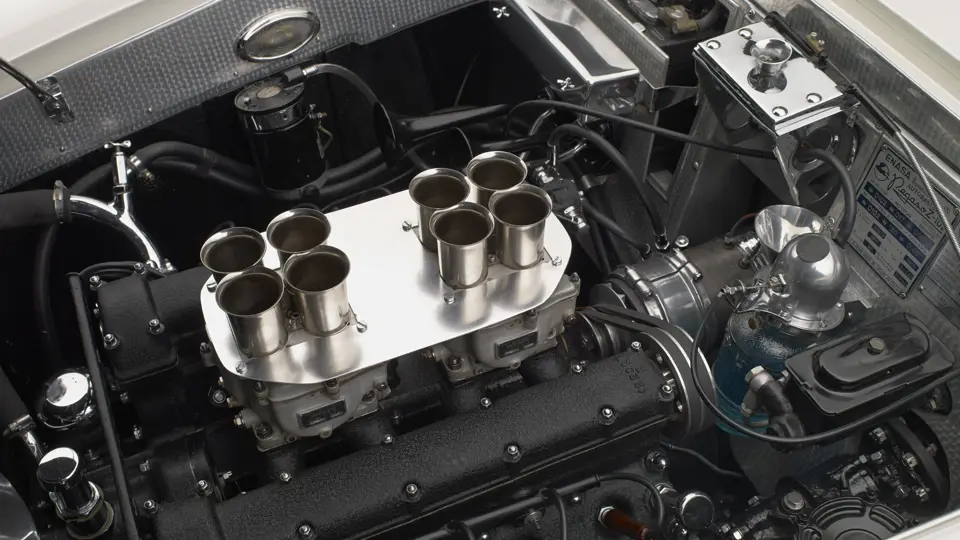


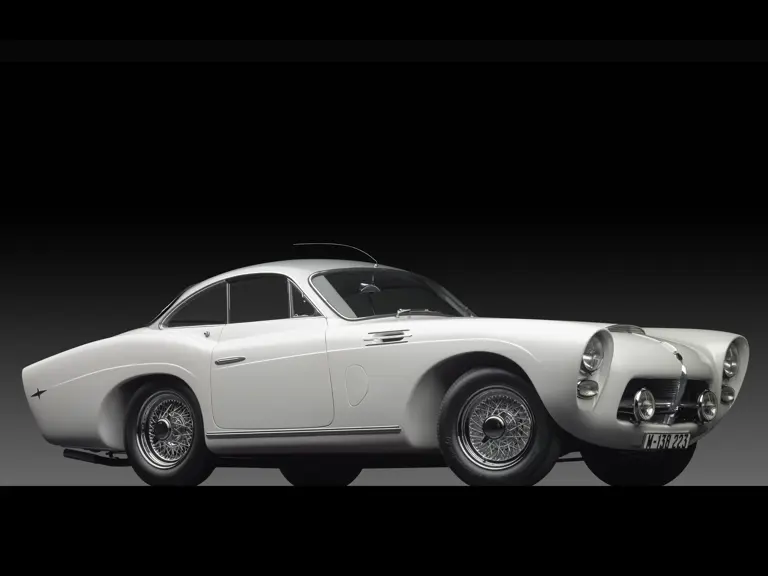
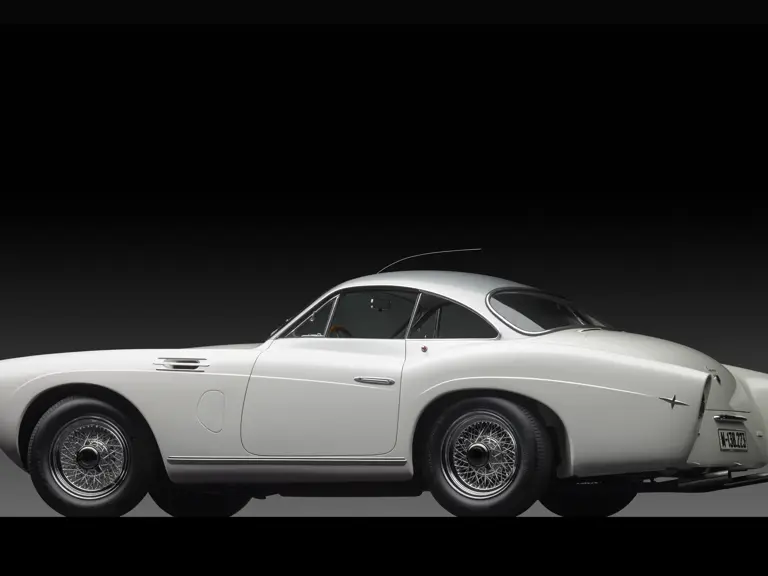
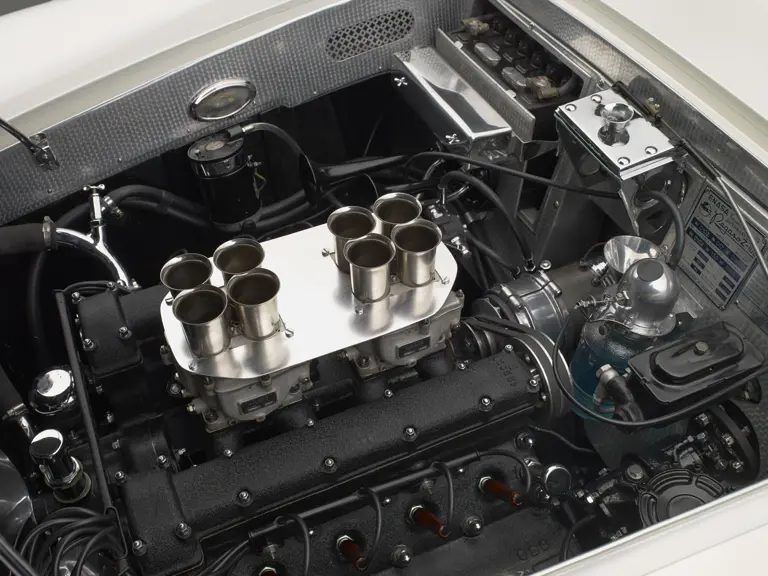

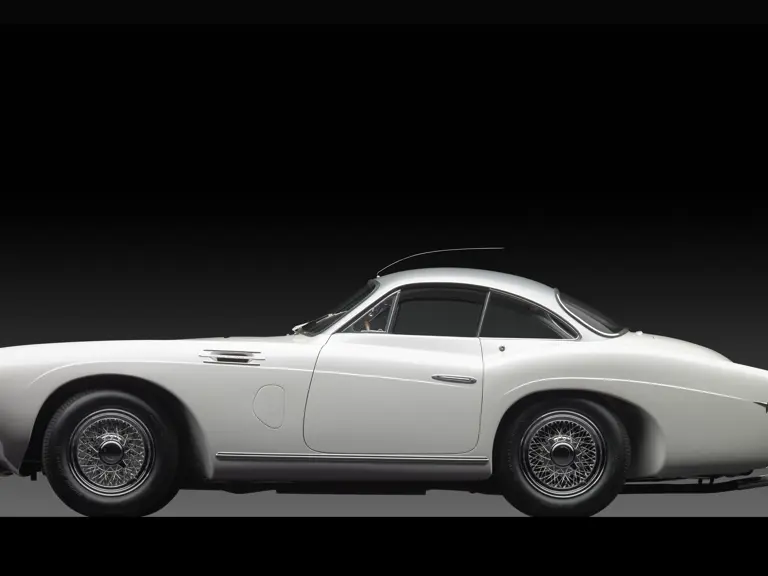
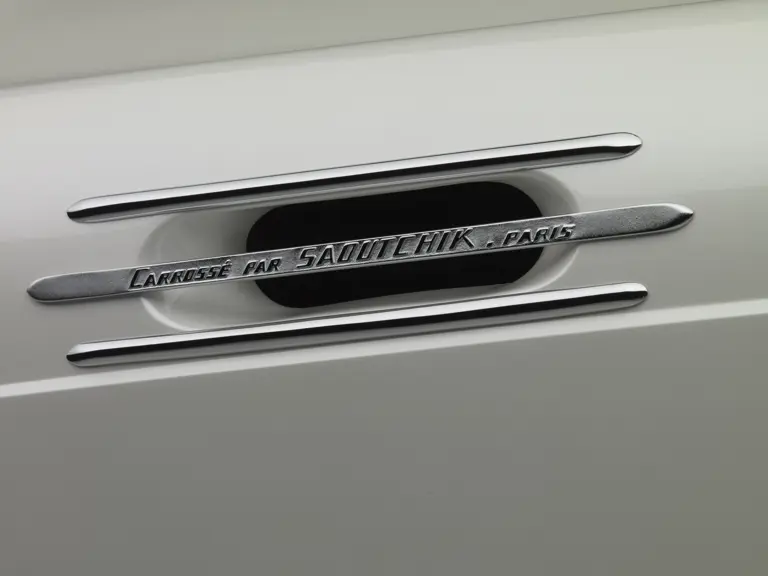
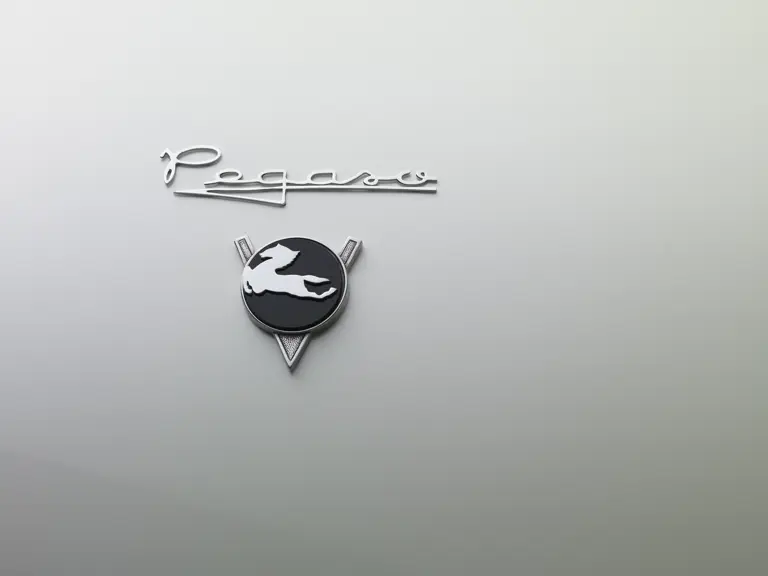

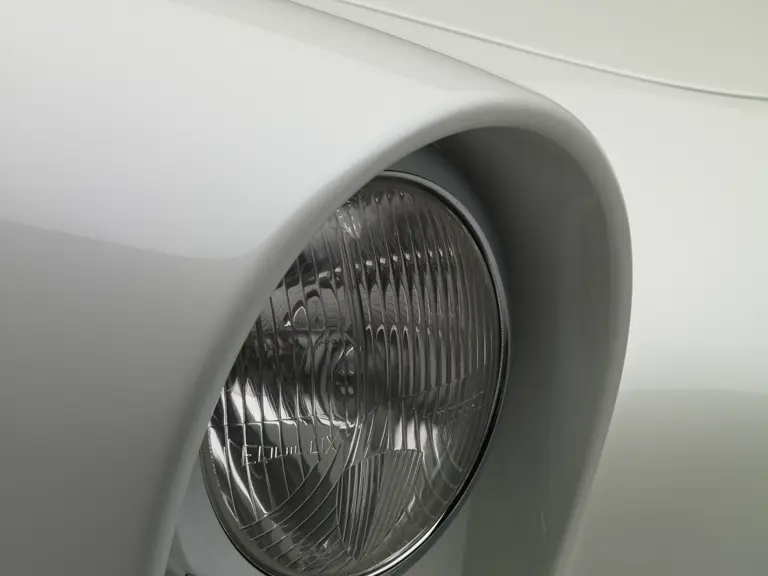
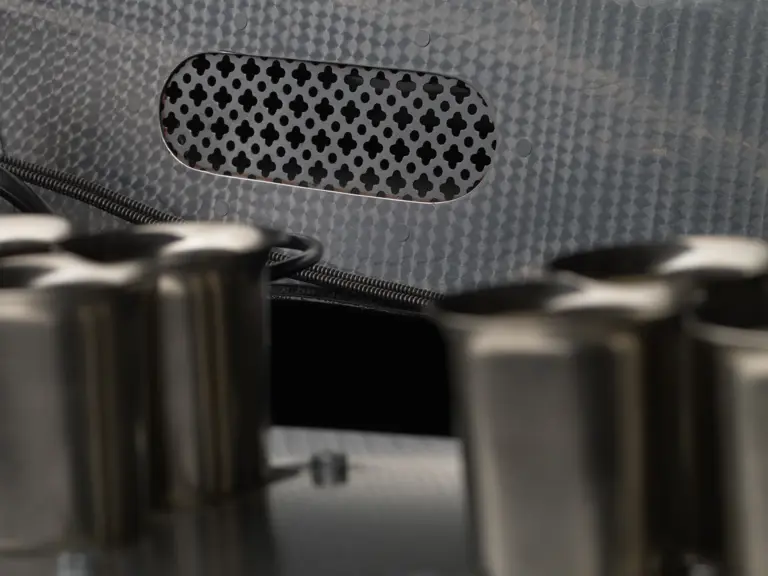


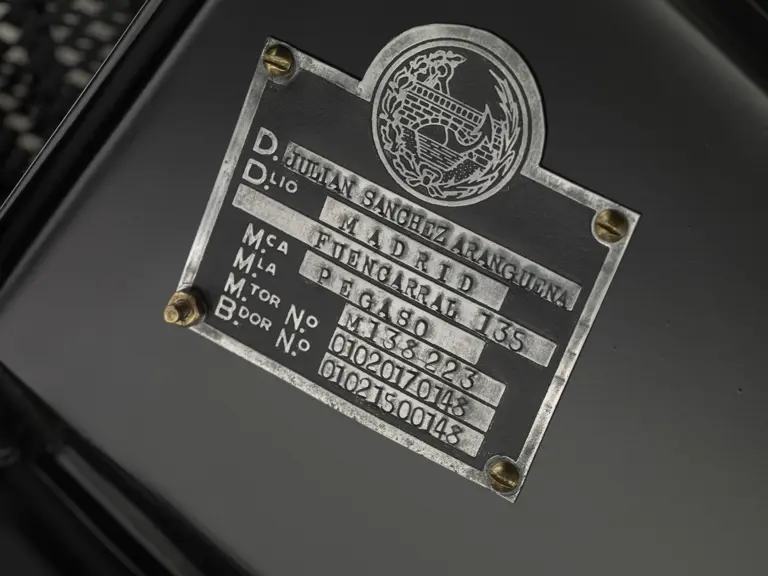
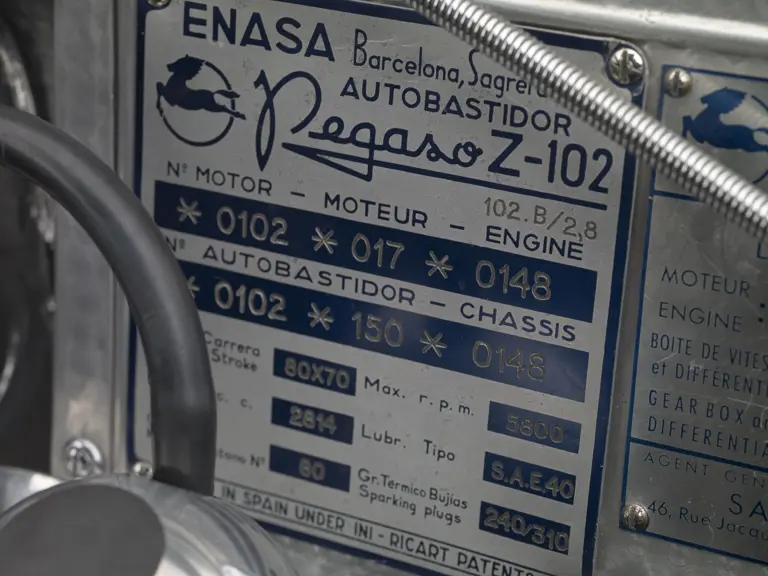
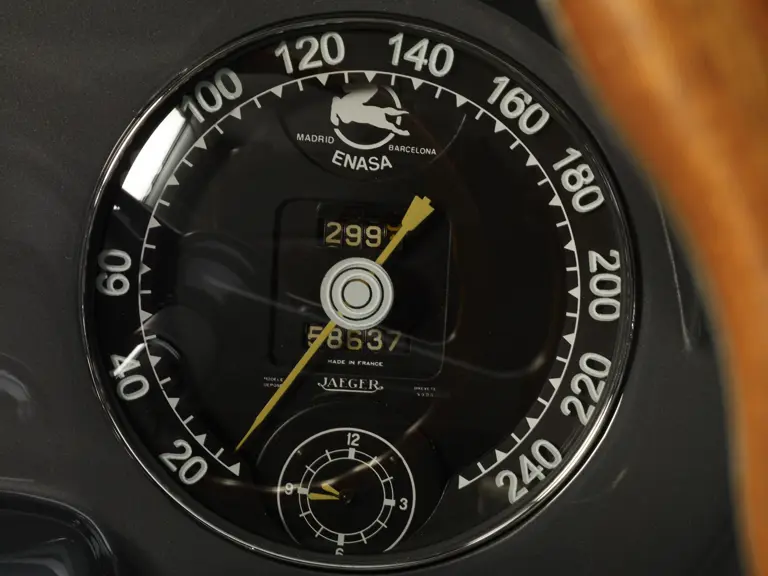

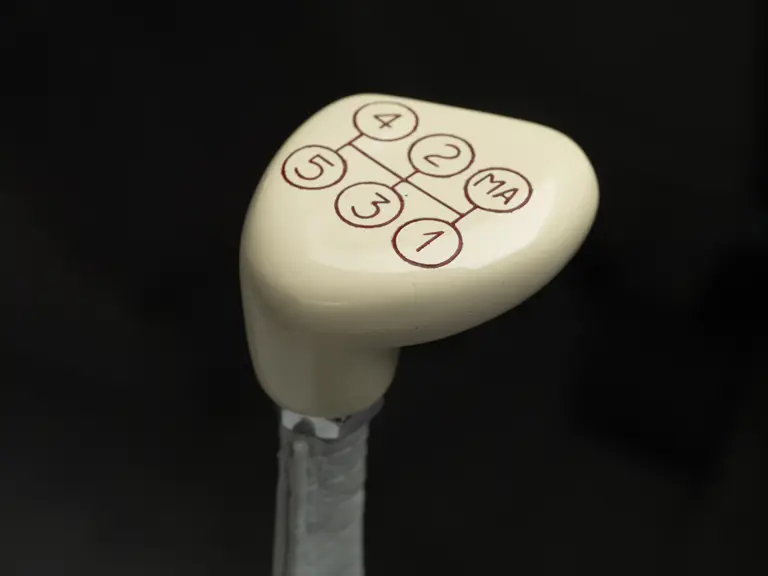
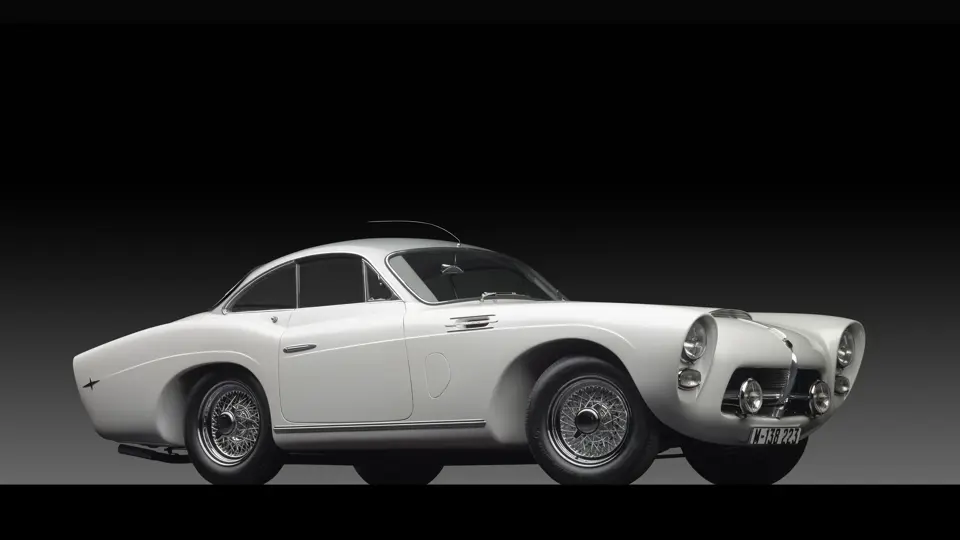
 | New York, New York
| New York, New York

